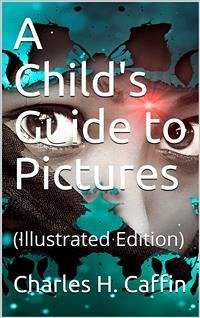This is a book in which Caffin attempts to teach boys and girls how to determine why they like or dislike a particular picture. Caffin wants children to ignore the picture's subject, since "like" and "dislike" are independent of "why." The book may be better suited for young adults rather than young children, since, having no other choice, Caffin has to delve into some esoteric topics such as psychology. While the book will likely require readers to go through its pages slowly, and probably returning to re-read earlier pages, it does, nonetheless, present some very interesting thoughts on how to decide why we like some art and not other.
Bitte wählen Sie Ihr Anliegen aus.
Rechnungen
Retourenschein anfordern
Bestellstatus
Storno









